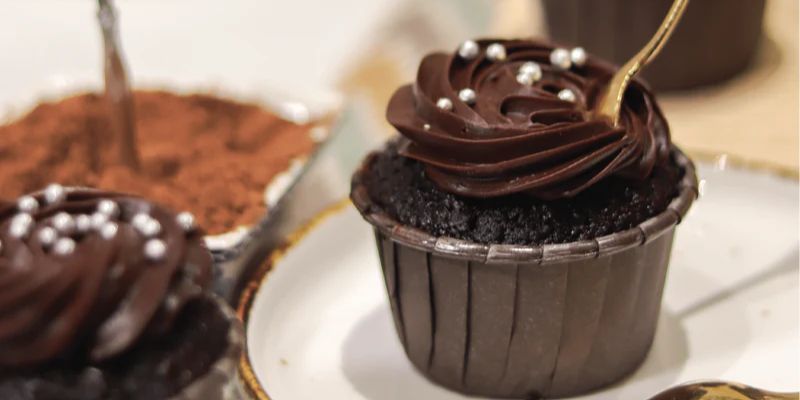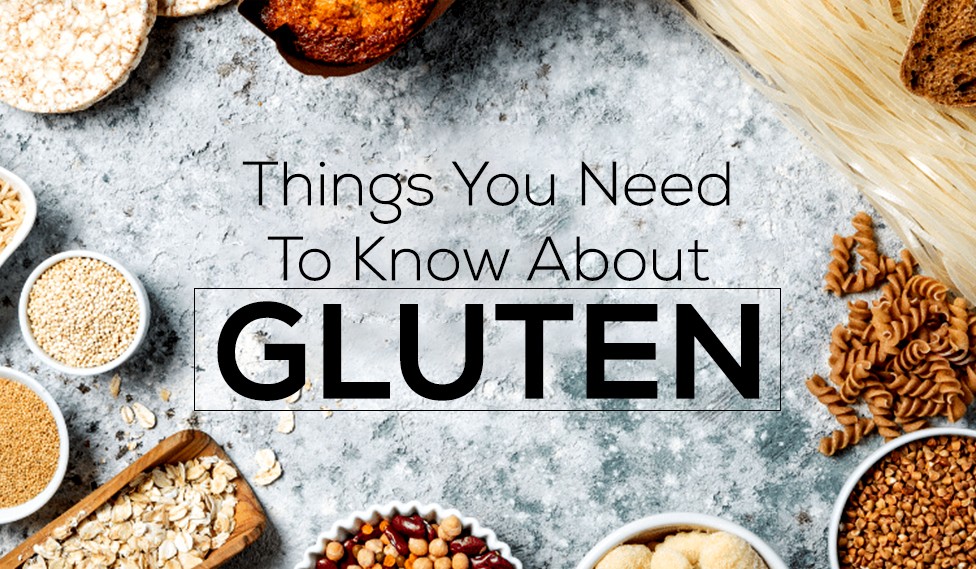Baking a cake is an art, and just like any other art, the cake baking requires precision and attention to detail. At the professional bakery courses in Chennai one of the most important aspects of baking a cake is preparing the cake mould. If the cake mould is not prepared correctly, your cake may stick to the mould, break apart, or not cook evenly. In this blog, we’ll cover the steps you need to take before preparing a cake mould for baking.
Choose The Right Cake Mould
The first step in preparing a cake mould is to choose the right one. Cake moulds come in different shapes and sizes, so make sure you choose one that is suitable for the type of cake you want to bake. If you’re making a layered cake, consider using a springform pan, which allows you to easily remove the sides of the mould after baking. If you’re making a bundt cake, use a bundt pan, which has a unique shape and requires specific preparation techniques.
Grease The Mould
The next step taught at baking classes in Chennai Velachery is greasing the cake mould. Greasing the mould ensures that the cake will come out of the mould easily after baking. You can use butter, oil, or cooking spray to grease the mould. If you’re using butter, make sure it’s at room temperature so it spreads easily. Use a pastry brush or paper towel to evenly distribute the grease around the inside of the mould, including the corners and edges.
Flour The Mould
At the bakery training in Chennai they teach after greasing the mould, the next step is to flour it. Flouring the mould prevents the cake from sticking to the mould and also helps the cake to cook evenly. Use a small amount of flour and sprinkle it around the inside of the mould, making sure to cover all surfaces evenly. You can also use cocoa powder or cornstarch instead of flour, depending on the flavour of the cake you’re making.
Tap Out Excess Flour
After we flour our moulds, the bakery classes in Chennai suggests to tap out any excess flour. This ensures that the cake will have a smooth surface and prevents any clumps of flour from forming on the cake. Simply hold the mould over a sink or trash can and tap it gently with your hand to remove any excess flour.
Line The Mould With Parchment Paper
If you’re baking a delicate cake or a cake that is prone to sticking, consider lining the mould with parchment paper. Parchment paper prevents the cake from sticking to the mould and makes it easier to remove the cake from the mould after baking. To line the mould with parchment paper, cut a piece of parchment paper to fit the bottom of the mould and place it inside the mould. You can also cut strips of parchment paper to fit the sides of the mould, which makes it easier to remove the cake from the mould at cake baking classes in Velachery.
In conclusion, preparing a cake mould for baking is an important step in ensuring that your cake comes out perfectly. By following these simple steps, you can ensure that your cake will come out of the mould easily and cook evenly. Remember to choose the right cake mould, grease the mould, flour the mould, tap out excess flour, and optionally line the mould with parchment paper. With a little attention to detail, you can create a delicious cake that will impress your friends and family.


